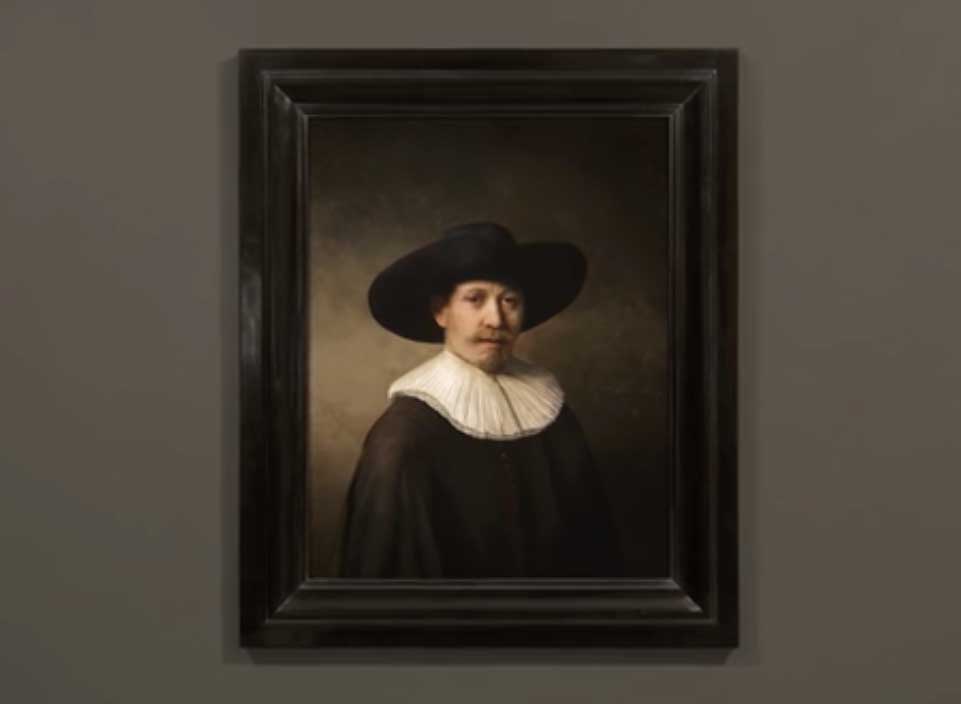A group of researchers has created software that can “paint” in 3D emulating perfectly Rembrandt frighteningly so, his style, his way of enriching the color, his brush strokes.
Rembrandt Harmenszoon van Rij, better known simply as Rembrandt, was a Dutch painter and etcher, considered one of the greatest painters in European art history and the most important the Dutch. More than 400 years after his death, a group of researchers has scanned hundreds of his famous portraits and created a system that can emulate his style, his way of enriching the color, his brush strokes.
the “Next Rembrandt project” was born in October of 2014 with Dutch financial institution ING and advertising agency J. Walter Thompson in Amsterdam who designed a project whose aim was to show the art innovation Dutch and groped to figure out if it was possible to “teach” a computer to paint like Rembrandt. To answer the question have been consulted various people and companies. ING, Microsoft, the Technical University of Delft, the Mauritshuis museum in The Hague and the Museum Het Rembrandthuis have put together a team of art historians, software developers, scientists, engineers and experts in data analysis. It has developed a software that can “understand” and generate images taking into account the unique style of Rembrandt.
To understand the way people work by the Dutch, have been scanned in 3D 346 of his paintings, analyzing various details and determine common features between them. The typical Rembrandt portrait is a Caucasian man with a beard, between 30 and 40 years, wearing dark clothing, has a hat, a button down collar and has the eyes turned to the right.
The portrait obtained the software is made up of 148 million pixels, based in turn on 160,000 fragments of works by the artist. It is pointed out that this is not a “simple” image but a 3D printing with texture reminiscent of Rembrandt’s brush strokes. The final painting is overwhelmingly resembling a typical portrait of Dutch artist.
The result and the advances in technology in this area entails the following questions: it is a fake? Who should actually be attributed to the work? How to recognize from now on real masterpieces than those created with similar to this software? You can still talk of originality?

No comments:
Post a Comment